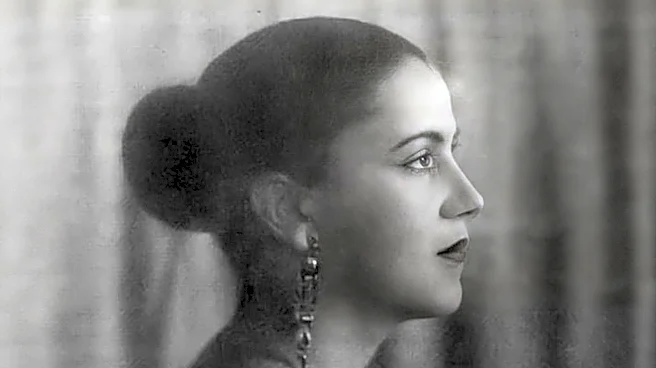What's Happening?
A New York judge has dismissed billionaire art collector Ron Perelman's claim for a $410 million insurance payout. Perelman argued that a 2018 fire at his East Hampton home damaged five artworks, including pieces by Andy Warhol and Cy Twombly, reducing their value. The insurers contended that the artworks did not sustain visible damage and were worth only $100 million. The court sided with the insurers, stating there was no visible damage to the paintings. The case highlighted the challenges in art valuation, especially when assessing non-physical attributes like 'luster' and 'character.'
Why It's Important?
The ruling is significant for the art world and insurance industry, as it underscores the complexities involved in valuing art and determining insurance claims. The decision may influence future cases where the subjective nature of art valuation is contested. For Perelman, the ruling represents a financial setback, especially given his recent financial troubles linked to Revlon. The case also sheds light on the broader economic pressures faced by art collectors and the potential financial implications of art-related disputes.
What's Next?
It remains unclear whether Perelman will appeal the decision. If he chooses to do so, the case could set further legal precedents regarding art valuation and insurance claims. The outcome may also prompt insurers and collectors to reassess their policies and agreements to better address the subjective nature of art valuation. The art market may see increased scrutiny and potential changes in how art is insured and valued.
Beyond the Headlines
The case highlights the intersection of art, finance, and law, raising questions about the subjective nature of art valuation and the role of insurance in protecting high-value assets. It also reflects broader economic challenges faced by collectors, particularly in times of financial instability. The decision may influence how art is perceived as both a cultural and financial asset.










